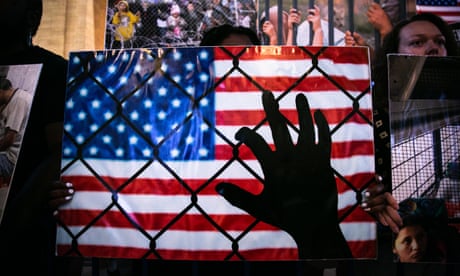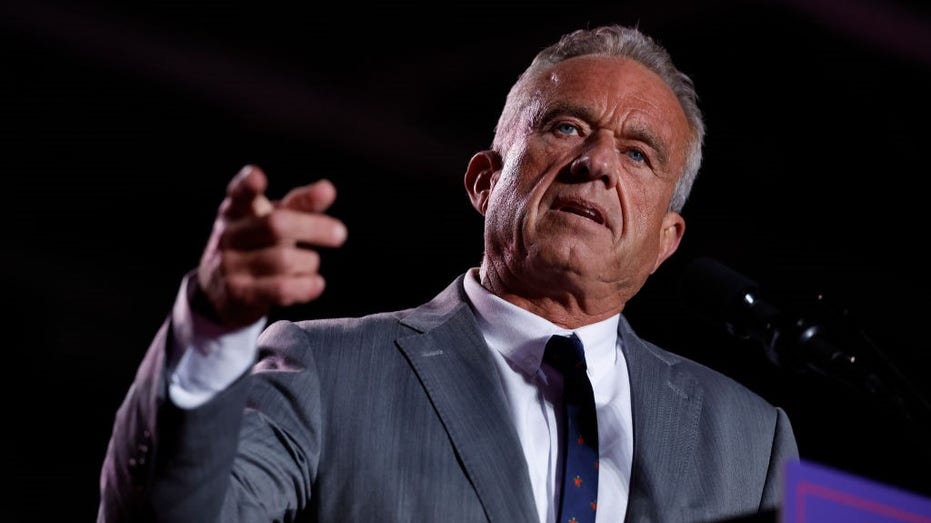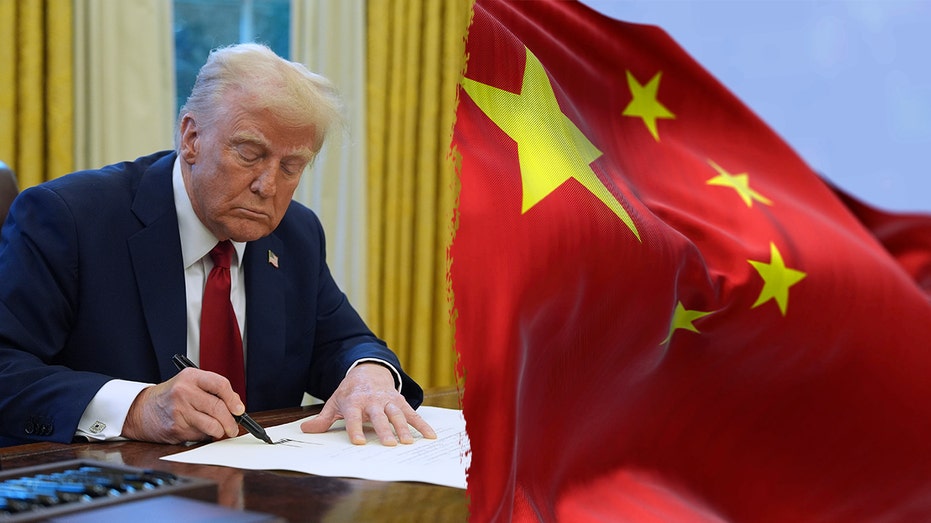- by foxnews
- 08 Apr 2025
A migrant policy is set to end. What will it mean for US’s commitment as a land of refuge?
A migrant policy is set to end. What will it mean for US’s commitment as a land of refuge?
- by theguardian
- 09 May 2023
- in politics

The right to seek asylum in the United States is in the balance as migrants fleeing violence and instability at home anxiously await a chance at safety - amid a major policy shift at the US's southern border.
The Title 42 public health order - which has allowed officials to quickly expel migrants without giving them access to asylum for years now - is expected to finally end on 11 May. What does this mean for the US's historic commitment as a beacon for freedom from persecution?
As government leaders brace for an anticipated uptick in migrants and asylum seekers trying to cross the border, the hardline policies they're advancing to keep people out may spell potentially deadly consequences for some of the world's most vulnerable.
In Congress, an immigration and border security package that backs an enforcement-only approach is expected to receive a vote on the Republican-controlled House floor as soon as this week.
If enacted, the proposed legislation would significantly curtail asylum, limit other humanitarian pathways, restart border wall construction, do away with safeguards for migrant kids, and otherwise rewrite the US's laws to be far less welcoming to those in need of protection.
Realistically, such draconian measures would be unlikely to move forward in the Democratic-controlled Senate, at least as drafted. But they still represent a vision of immigration policy that stands in sharp contrast to the US's tradition of refuge, while hindering the federal government's ability to effectively respond during national security events such as the US withdrawal from Afghanistan or Russia's invasion of Ukraine.
And meanwhile, the White House and its agencies are also exploring strategies that could chip away at the US's humanitarian commitments , under a Democratic administration that campaigned on a promise to build "a fair and humane immigration system".
Since Joe Biden took office, he and his staff have been forced to balance those initial goals with intense and unyielding political pressure to respond to record levels of migration at the US-Mexico border. And, as lawmakers spend their time debating anti-immigrant policies instead of bipartisan immigration reform, the administration has reacted with a series of carrots and sticks that are more nuanced than the House's proposals but still largely couched in mechanisms meant to deter would-be migrants.
That trend continued last month, when the Departments of State and Homeland Security unveiled their own collective response to the anticipated increase in humanitarian migration at the US-Mexico border after the Title 42 policy is set to end.
Notably, their announcement of new processing centers in Guatemala and Colombia will give migrants in the region a chance to see whether they're good candidates for lawful immigration pathways not only to the US, but also to Canada and Spain, without ever having to pay smugglers for a dangerous trek north.
But in contrast, the administration also has plans that could broadly box out migrants with legitimate claims from accessing protection.
That proposal will be finalized by 11 May, Homeland security secretary Alejandro Mayorkas said Friday. As it stands now, migrants at the southern border who passed through a third country on the way to the US would generally be ineligible for asylum - with a few caveats - unless they qualify for one of three exceptions, all with limitations and exclusions that could make it nearly impossible for many of the most vulnerable asylum seekers to find refuge.
The first exception is the Biden administration's existing programs for people from Venezuela, Nicaragua, Cuba and Haiti to come to the US with advance permission through a process called parole. These programs allow up to 30,000 individuals each month to reach the US and have coincided with a dip in irregular crossings at the southern border. But there is a high bar - eligibility is limited to those who can obtain a passport, secure a US-based sponsor to support them financially, and afford international commercial air travel.
The second exception is for those who wait on the Mexican side of the border - potentially for weeks, months, or indefinitely - for one of the finite number of daily asylum appointments to enter the US through CBP One, a phone application from the federal government that's been deluged with complaints.
The final exception covers asylum seekers who applied for and were denied protection elsewhere en route to the US. But in such places, migrants are viewed by criminal organizations as easy targets for violence and extortion. More than 13,000 migrants have already been kidnapped, raped, tortured or otherwise attacked in Mexico after they were turned back at the US's southern border since early 2021.
Such a bleak situation has generated a great deal of outcry from immigration advocates. And now, these onerous restrictions are being coupled with efforts to fast-track initial asylum screenings and deportations in border facilities where attorneys aren't allowed to visit in person, prompting more protest and fear that migrants not only won't be able to exercise their rights but are exposed to unnecessary danger.
Polls show that Americans continue to overwhelmingly support the US as a land of refuge and welcome.
Contrary to the impression left by partisan squabbles, there are solutions. Ultimately, Congress has the power to be the most effective agent, by legislating new immigration pathways and making other long-awaited reforms that many argue benefit both migrants and US citizens.
For example, lawmakers could create more vehicles for migrant workers to fill chronic labor shortages. And legislators could also fund more asylum officers, immigration judges, and other essential personnel, giving overstretched border officials a reprieve while tackling immigration-related backlogs that have undermined the whole system.
With potential solutions like these that privilege human life over optics or politics, the US would not have to choose between a tradition of refuge and order at the border. It could do both, protecting the American people and future Americans who are turning to the US right now for help.
- by foxnews
- descember 09, 2016
Ancient settlement reveals remains of 1,800-year-old dog, baffling experts: 'Preserved quite well'
Archaeologists have recently unearthed the remarkably well-preserved remains of a dog from ancient Rome, shedding light on the widespread practice of ritual sacrifice in antiquity.
read more





